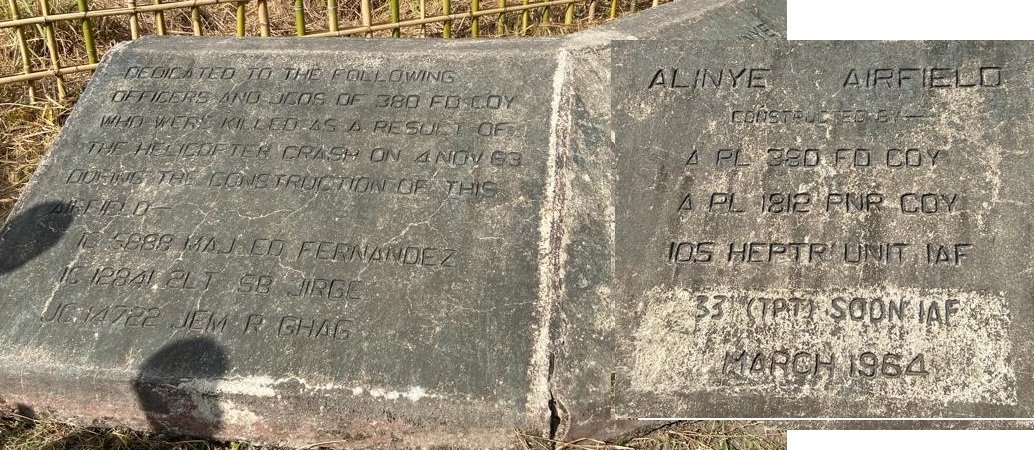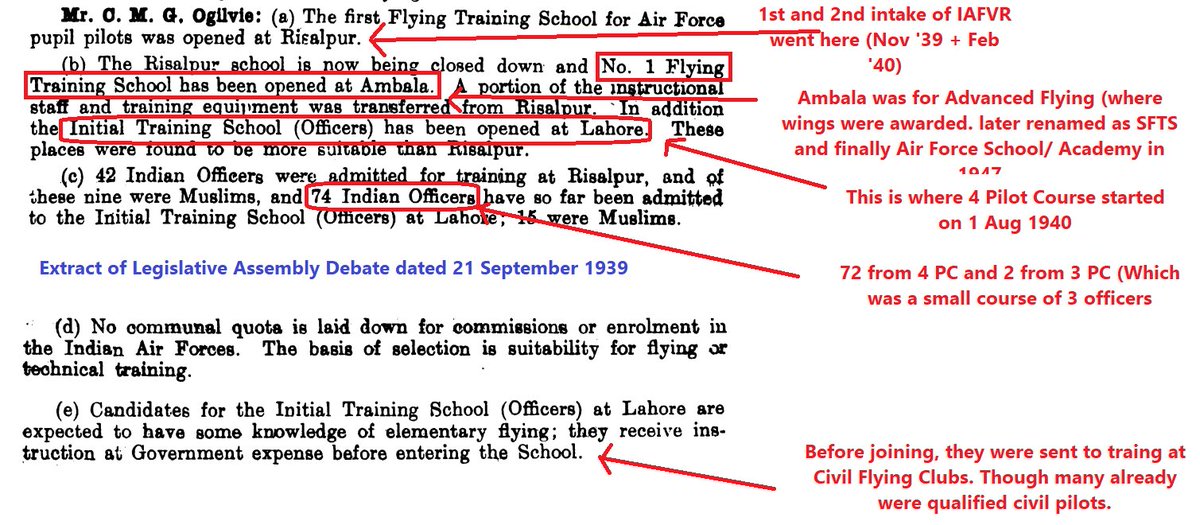
Republic Day Flypasts have enamoured our nation for decades. As we approach another such flypast, we look back at the first 50 years of #RepublicDay flypasts. Together the journey of flypasts is a mosaic of the country, its people, and the @IAF_MCC . #IAFHistory (1/30) 

In 1950, IAF imposed a ban on flypasts, but for the momentous occasion, ACM Elmhirst allowed a 9 aircraft “loose” Liberator formation to do a flypast. The job fell on 5 Sqn, at Poona under the command of Wg Cdr HSR Gohel. 9 ac Lib formation would be a regular going forward. 2/ 

1951 saw a mixed formation of Harvard, Tempest, Vampire, Dakota& Libs of about 40 aircraft. The formation made the letters IAF with 23 aircraft from 3 & 4 Sqns and was led by Minoo Engineer. Minoo would take flypasts to a different level about two decades later. 3/ 

Vampire and Libs continued in 1952 & 53. In 1953, IAF showcased the homegrown HT-2 Trainer that had just been inducted. 6 ac flew in from Bangalore. Arjan Singh led the flypasts in both years. He would lead for a record 7 years across his career. 4/ 
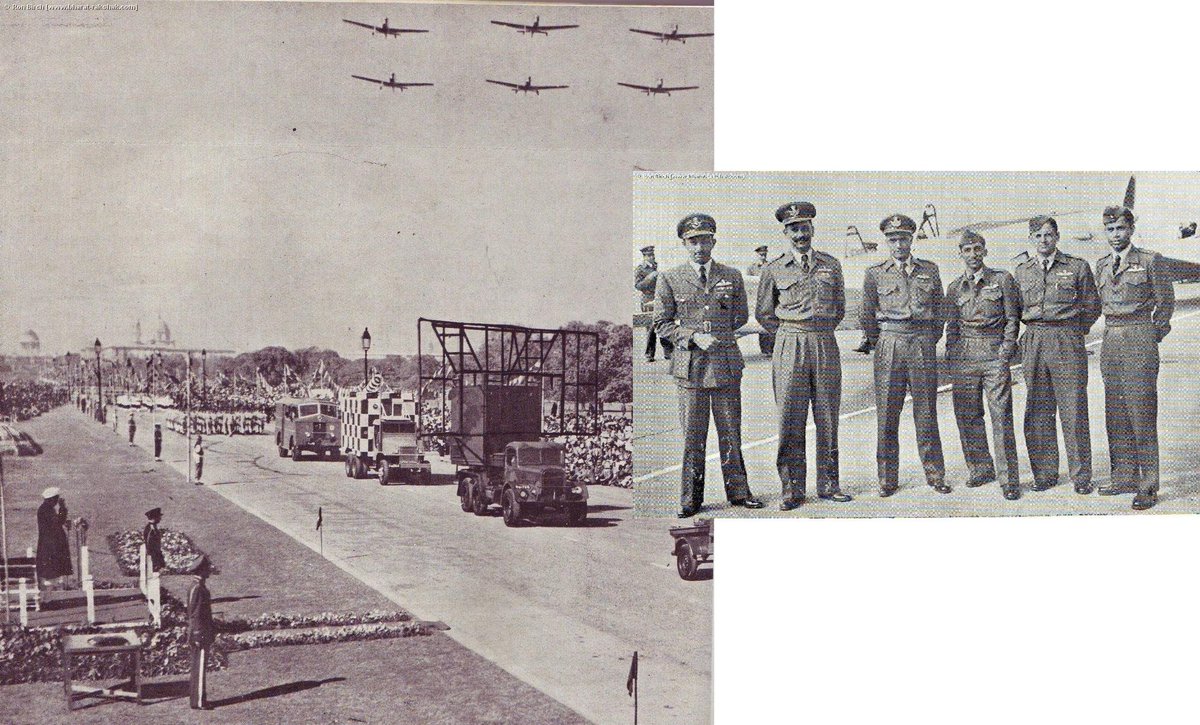
Between 1954 & 58, Flypasts were arranged into “Subsonic” & “Transonic” blocks. Toofanis (1954), (Mysteres, Hunters, Canberras & Gnats) (58) debuted at the RD. Typically, the ac flew 4 ac box formations. In ‘58, the sound barrier was broken for the first time.5/ 

As a result of the rising breadth of IAF ac inventory, flypasts in the late 50s included 70 odd aircraft across 6-7 types with 6-12 aircraft of each type. Toofanis provided the oomph from 1954 – performing vertical climbs & peel-off while streaming the tricolour. 6/ 
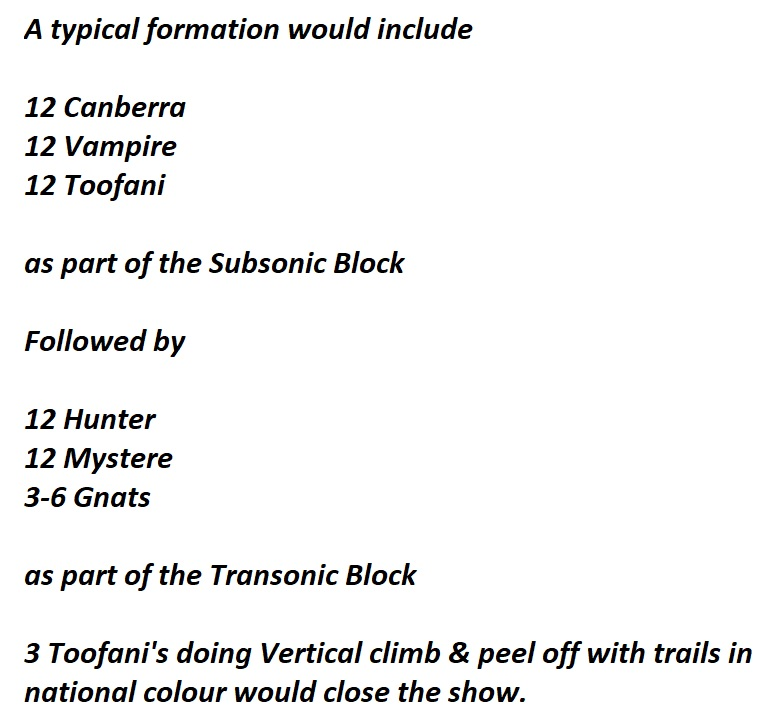
The next big change happened in 1962. 3 helicopters dropped petals for the first time at Rajpath. This was followed by Avro (Subroto) being showcased as also the HF24. At a total of nearly 80 aircraft, this was the largest display till then. 7/ 

The 1962 flypast also was a grim reminder of the risk pilots take in formation flying. During a rehearsal, on 17 Jan 1962, Gp Capt ZA Shah and Flt Lt VK Singh flying a Vampire (45 Sqn) & Gnat (23 Sqn) respectively were killed during a mid-air collision while joining circuit. 8/ 

The practice of showering petals/ flying with a national flag before the parade has persisted non-stop with minor modifications. It started in 1959, when a S-55 did it for the first time. Later on the job was taken over by a Mi-4 (1966- 75), Mi-8 (76-85) & Mi-17 (86 onwards) 9/ 

Another practice that occurred non-stop atleast between 1955 -73 was that AOC-in-C of the Western Air Command used to lead the flypast, flying in the lead ac. They flew the Vampire (Arjan Singh), Canberra (Pinto, Rajaram, Shivdev Singh) & MiG-21 (MM Engineer). 10/ 

After the peak of 1962, ‘63 did not have a flypast due to the war-the first time since 1950. It was not until 1968 that the flypast size returned to the levels of 1962- being between 35-50 aircraft – Canberra, Mystere, Hunter, Gnat & Toofani. 11/
In 1964, The Gnats flew at trail height (30K feet) & not the usual 500-800 feet that they were doing earlier. But this also marked the first time, the flypast had a different formation – the Echelon formation by the Gnats. It was the first of many innovations in years ahead. 12/ 

Another innovation was shown in 1964 with the Toofanis modifying the showstopper. After the first loop over the saluting base, they went in for a 2nd & from the vertical posn executed a “Prince of Wales peel-off” under command of CO 47 Sqn, S/L CD Fernandes. 13/ 

1966 is when IAF finally added a third block to its RD flypast – the “Supersonic” block. 4 MiG-21s & 4 HF-24 Maruts flew 45 seconds after the transonic block. In the 1969 flypast, as many as 44 MiG-21s flew, a record for any type ever in any RD Flypast. 14/ 
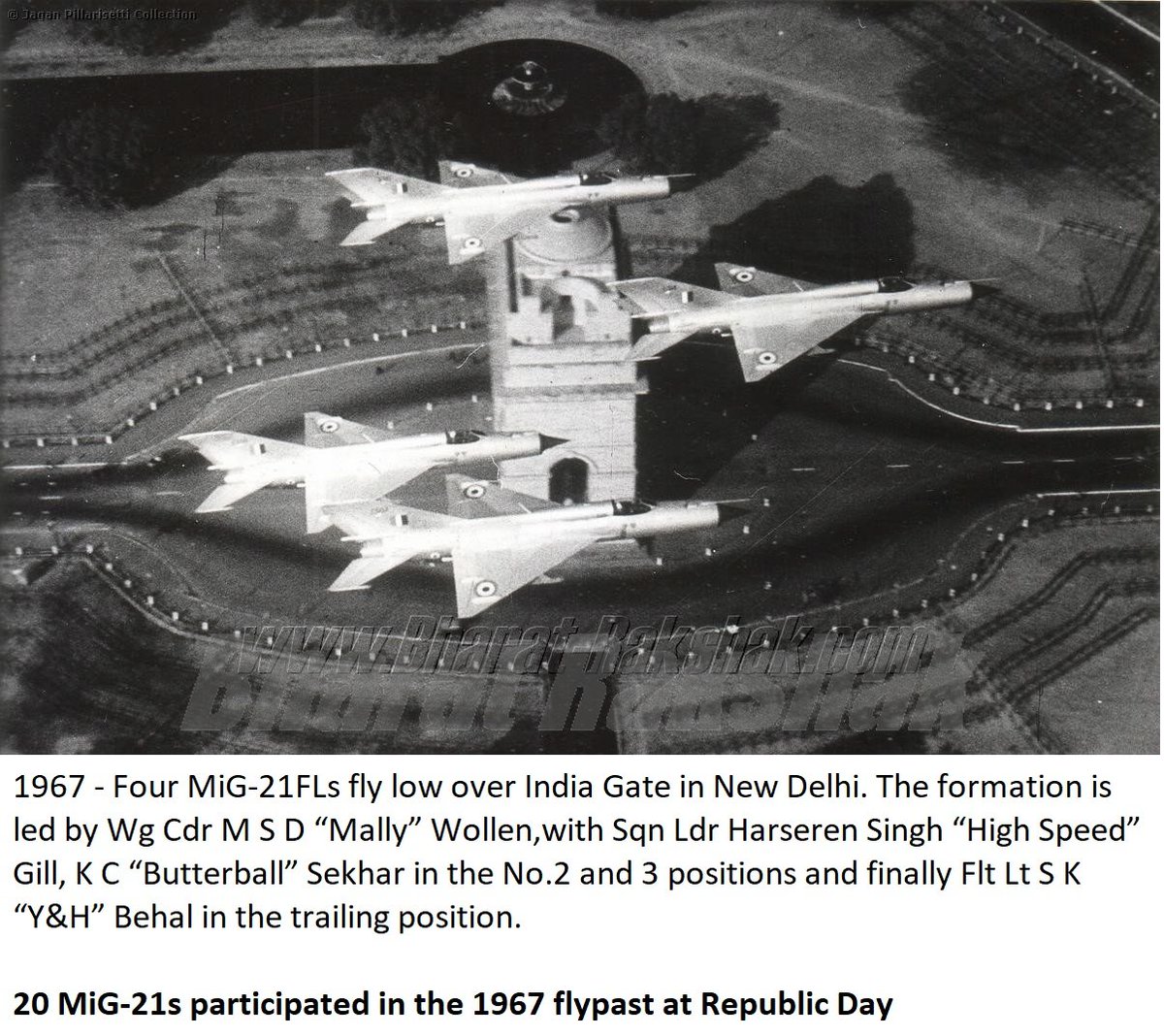
1968 & 1969 were the years of gay abandon for Flypasts in India. Both held under Shivdev Singh as AOC-in-C WAC, 136 (7 minutes) & 164 (9 minutes) ac took part in these two displays. We had come a full circle from the days just prior to the 1962 war. 15/
“Vic Formation” gained prominence during this period, taking over from Box formation historically, at least for the sub-sonic block. Canberras moved to it. In both years, the 20+ aircraft Canberra formation was led by 5 Sqn CO, W/C Ashok Kumar. 16/ 
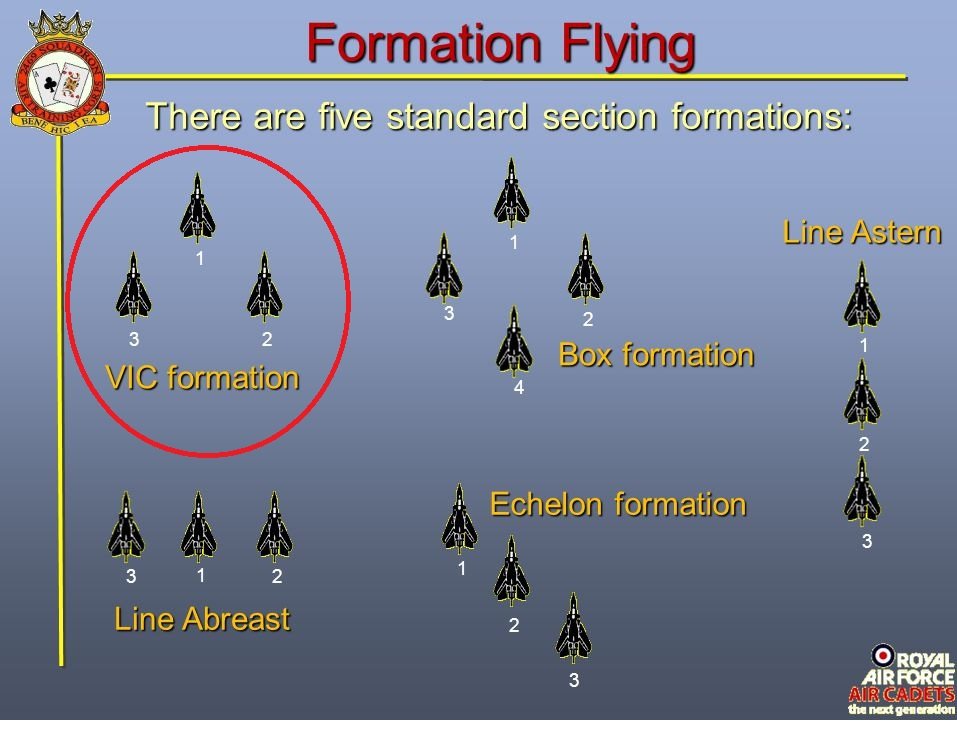
After 13 years as the showstopper, the Toofani finally gave way to the Hunters in 1968. For the coming 15 years or so, the 7 or 9-aircraft Vic formation of Hunters would enthral the crowds, pulling up at Rajpath and dispensing the national colour trails. 17/
The introduction of the Transport fleet for the first time happened in 1968 with the An-12s of 44 Sqn under W/C VC Mankotia of 44 Sqn, performing the vic formation of 3, in all 12 aircraft. 18/ 

These years also saw a much larger helicopter show of strength. 3 Alouettes (Chetak) and 7 Mi-4s flew over Rajpath with petals and the national flag. The Chetak would also showcase the Elephant dance (in a unique camo) from 1970-73 & 1979-85. 19/ 

Btwn 1970 & 73, 4 Flypasts were held under Minoo Engineer as AOC-in-C WAC. An avid flyer, he took to further innovations. In 1971, in a first, he flew in a Bright red MiG-21 & did a pull-up. In 1971, the Su-7 participated for the first time, 24 of them together. 20/ 

1970, saw the third Mid-air collision in the run-up to RD Parade rehearsal. One of the aircraft crashing in Delhi, but the other nursed back courageously. That story is on this link - 
https://twitter.com/AnchitGupta9/status/148694942045349888021/

Post 1973, austerity measures of the Govt & shortage of fuel led again led to a curtailment of flypasts. 1974 had no flypast & 1975-80 were done smaller scales of 25-30 aircraft. Menace of birds in Delhi region was also beginning to hinder safe flying. 22/ 

In 1981, Jaguar and MiG-23 were introduced into flypasts. While Jaguars did a 12 a/c display, a solo MiG-23 was flown by CO 10 Sqn, W/C RL Bamzai, and the aircraft was nick-named “High Speed”. 23/ 
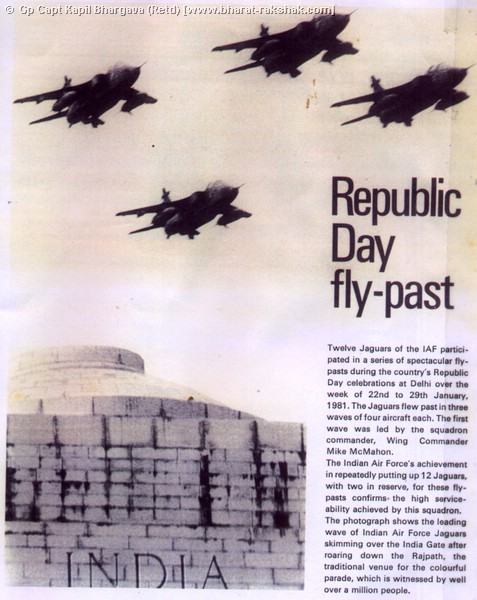
In 1982, Hunters replaced hunters! The baton of the showstoppers moved from the Hunter formation to the formal aerobatics display team of IAF – Thunderbolts under W/C PS “Ben” Brar. 24/ 

Over the next few years, Chetaks (elephant Dance), Mi-8s, MiG-23s, Jaguars, MiG- 21s , Maruts & Thunderbolts did displays of 30 odd aircraft. In 1986, weather led to the cancellation of the flypast. However, it was executed during the Beating the Retreat. 25/
This flypast in 1986 was unique as it had 3 IL-76s under G/C Ashok Goel being flanked by 2 Ajeets. Both these aircraft doing a flypast for the first time, apart from the other usual aircraft. This was the last display till 1996 as IAF shuttered RD flypasts. 26/ 

The flypast returned in 96. While the ac changed, the practice of flypast under the AOC-in-C WAC continued with Air Mshl Tipnis taking to the skies in a Jaguar. The highlight was the Big-boy formation of 1 Il-76 +2 An-32 + 2 Do-228, a formation that flies to date. 27/ 

4 Mi-17 carried out an inverted Glass formation in display that also had 15 MiG-29s & 15 Jaguars. In 96, to build in safety for spectators, flypasts involved only multi engine ac. In 97, the Mi-26 joined the Mi-17s & the MiG-29 performed a vertical Charlie as the showstopper. 28/
1998 saw the Canberra perform for the last time, 40 years since its first display. It also had the Su-30K (earlier variant of MKI) show up for the first time where three aircraft did the vertical Charlie and low loops. 29/ 

As RD Flypasts turned half a century, they introduced Naval aircraft – Kamov and Tu-142 in 1999 and 2000. Later the Army joined in as well. Fiscal prudence has probably reduced the size of the show, but it still enthrals us as it has since 1950. Look forward to this year. 30/
• • •
Missing some Tweet in this thread? You can try to
force a refresh





